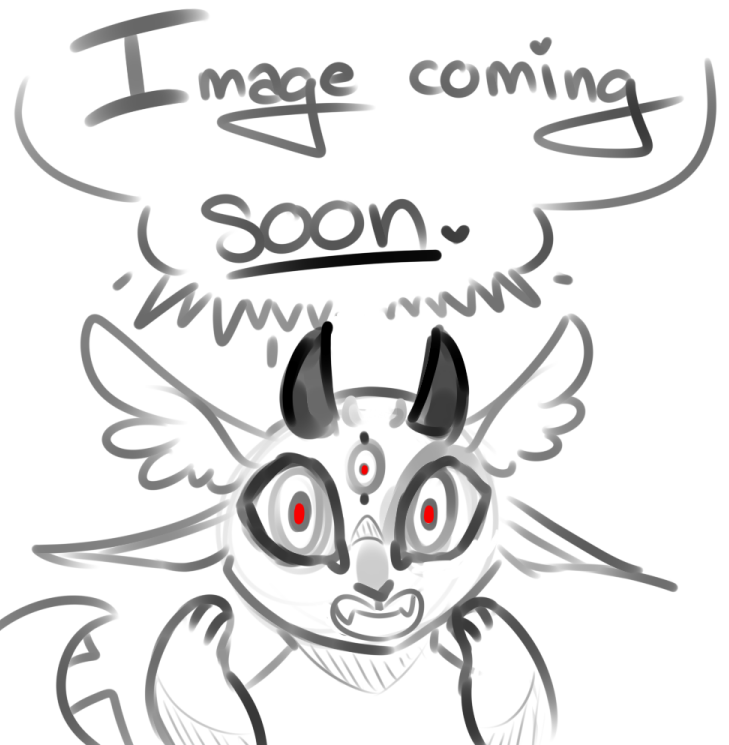Pegasi

Winged horses, pegasi come in all manner of colors. They make excellent steeds, and are often seen as a symbol of wealth.
Aging
0-1: Foal (colt for males, filly for females)
1-2: Yearling
2-150: Adult
150+: Elder
Average Lifespan: 200 years
Diet
Standard horse diet. Grass, hay, oats, fruits and veggies, maybe the occasional bologna
Credit goes to Kila for writing
Appearance
Pegasi come in all manner of colors and patterns. They are fairly standard sized horses, between 12-14 hands.
Pegasi are set apart from other species by their wings. While born with feathered wings, if a Pegasus spends too much time around an evil being their wings will become webbed, and they will take on more demonic appearances, including horns and sharp teeth.
When surrounded by a pure individual, a Pegasus will begin to glow softly, and they may even grow a single horn, like a unicorn. But dumber.
Don't call a horned Pegasus a winged unicorn. That's offensive to unicorns.
Abilities
They can fly. That's about it, really. However, they don't fly by flapping their wings, they fly by kicking their feet in the air, essentially running in air. The wings are for stability and control.
Pegasi are only a little sentient. They can understand human speech to a degree, and be trained to do some amount of complex tasks, but they can't speak or communicate. They're pretty, good mounts, and a sign of status.
Culture
Pegasi are herd animals in the wild. There’s safety in numbers, and the herd looks out for one another. A herd is run by one dominant mare, who leads the herd between grazing grounds, and a dominant stallion, who protects the herd from rival males and predators. Herds are primarily comprised of mares, but lower-ranking males are not uncommon--though they are not permitted to breed by the lead stallion. Once a pegasus reaches sexual maturity (around two years of age), they are driven out regardless of gender.
Herd hierarchy is decided through combat. Flurries of kicks and bites are common, and disputes can become deadly when mating rights are on the line. However, once the pecking order has been established non-violent dominance displays work to maintain the hierarchy.
If a herd grows large enough, it’s not uncommon for the herd to split up into smaller bands that all share a territory. These smaller bands are made up of mares and their offspring, along with a few stallions.
In captivity, Pegasi are highly useful for a wide variety of tasks, primarily in battle.